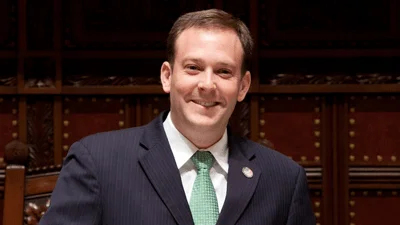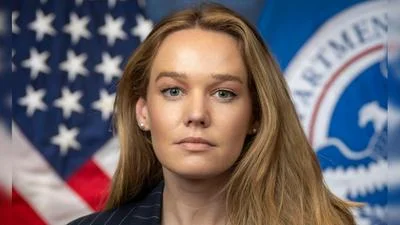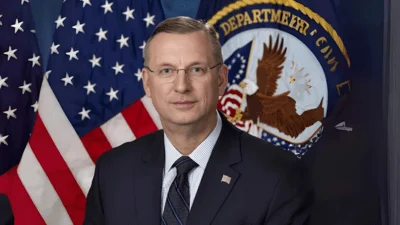In a significant move toward advancing President Joe Biden's Bipartisan Safer Communities Act, the U.S. Department of Education and the U.S. Department of Health and Human Services announced additional measures to promote investments and efforts in gun safety.
This legislation represents the most substantial bipartisan gun safety legislation in nearly 30 years, according to a June 16 news release.
"We live in a society where kids are learning gun safety drills before they learn how to read. We’ve got to end the madness. Ban assault weapons," Secretary of Education Miguel Cardona said in a June 17 post on Twitter.
The Department of Education and HHS are collaborating to provide federal resources and opportunities to enhance the mental health and well-being of students and young people across the U.S., particularly those affected by trauma and grief resulting from gun violence, according to a letter sent by Miguel Cardona and HHS Secretary Xavier Becerra.
Updated guidance for Medicaid and CHIP was requested, according to the letter. The departments released a comprehensive guide for filing Medicaid claims in May to enable school-based providers to receive payment for mental and physical health services eligible students receive at school.
These changes aim to facilitate the delivery and reimbursement of critical health care, including mental health services, to millions of eligible students, the letter reported. More than half of all children in the U.S. currently receive health coverage through Medicaid and CHIP. The guidance encourages states to expand access to Medicaid payment for school-based services and provides a new federal technical assistance center for schools.
The Department of Education has allocated $1 billion to states through the Stronger Connections Grant Program, which focuses on improving school climate and safety while supporting student mental health and well-being, according to the letter. These funds must be distributed to high-need school districts on a competitive basis and can be used for various strategies, including school-based mental health services, safety and violence prevention programs and physical security measures.
Enhanced support for students impacted by gun violence trauma is also sought, the letter said. HHS encourages states and schools to utilize resources developed by HHS grantees to improve support for students affected by gun violence. These resources provide guidance on how to communicate with and support students after frightening events occur.
The Department of Education is investing more than $1 billion to help high-need school districts hire and train school-based mental health professionals during the next five years, the letter reported. To date, $286 million has been awarded across 264 grantees in 48 states and the District of Columbia. These funds aim to increase the training, hiring and diversity of mental health professionals in schools.
Public safety and community violence interventions are also requested, according to the letter. The Education Department provides additional grant opportunities to support public safety and community violence interventions. These opportunities include the Full Service Community Schools program, the Project Prevent program and the Promise Neighborhoods program, which provide coordinated support services and programs to students from low-income backgrounds.
HHS also announced approximately $245 million in BSCA grant opportunities to support youth mental health, address mental health needs in the healthcare workforce and provide critical mental health supports, the letter reported. These grants will impact communities in more than 200 cities across the country.





